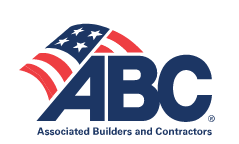
4 Ways to Prevent Soil Erosion
Erosion can wreak havoc on your yard, exposing tree roots, washing away plant beds, altering grading or drainage, and even damaging your home’s foundation.
Rainfall can be a pretty powerful force.
From a consistent spring drizzle to a forceful thunderstorm, all this water can add up when it comes to washing away soil in vulnerable areas in your landscape.
This is what’s known as erosion. And it can wreak havoc on your yard, exposing tree roots, washing away plant beds, altering grading or drainage, and even damaging your home’s foundation.
If you see some bare spots or have a hard time growing anything in certain areas of your landscape, it’s likely a result of erosion. Once water washes away the plant material that kept the soil in place, nothing is there to stop that erosion from continuing its forceful impact on your property. It can cause gullies and even create runoff that flows from your property into local waterways.
Don’t let rain put a damper on your spring and summer plans. There are some things you can do to prevent soil erosion in your landscape — keeping your property looking great and keeping our beloved Scott’s Run, Great Falls, Potomac River and Chesapeake Bay area waterways clean.
How to Prevent Soil Erosion
First, let’s talk about how erosion happens.
Erosion, by definition, is the detachment of soil, rock or stone caused by water, wind, ice and gravity. Virginia receives an annual rainfall of 42 inches a year. The state is also vulnerable to thunderstorms, hurricanes, tornadoes and snowstorms — all of which can contribute to erosion.
Paired with weather, other factors that can accelerate erosion in your landscape include poor drainage, lack of plant materials, and the land characteristics themselves — for instance, improper grading or extreme slopes.
Landscape professionals that specialize in erosion can spot these problems and present you with solutions on how to prevent soil erosion.
Here are four erosion control solutions Rossen Landscape recommends.
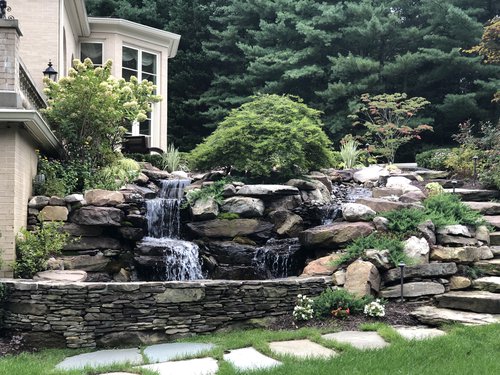
1. Stabilize Slopes
A bare hillside with water rushing down, moving mud and earth, is never an attractive sight in your backyard.
Landscaping these slopes with plants and groundcovers can slow the movement of water and soil and give you an attractive hillside to boot. Sometimes, professionals will design these slopes using netting or fabric to help stabilize the soil until the plants are established.
Creeping juniper, creeping myrtle and spotted dead nettle are examples of groundcovers that provide color and texture while also helping keep your soil stable.
Specifically, native plants are essential in helping control erosion.
This is because native plants have deeper root systems that have the ability to better grip the soil so rain and excess water don’t wash it away. Woodland phlox, Joe pye weed, and wild geranium are some good choices for Virginia.
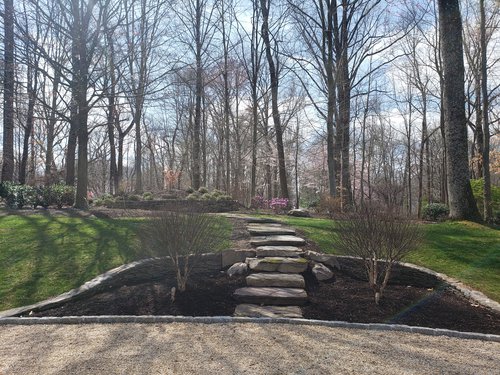
2. Don’t Forget About Basics Like Mulch and Irrigation
For a slope that is not too severe, mulch can help keep soil in place.
Laying three inches of shredded bark mulch can provide a decorative landscape element, as well as practical function when it comes to how to prevent soil erosion.
A properly designed and installed irrigation system that matches your landscape’s needs can also ensure you’re not adding additional and unnecessary water flow to an already soggy space.
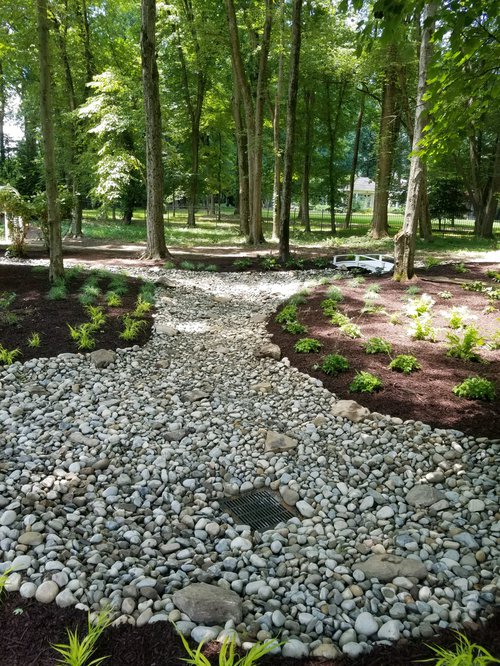
3. Slow Water Down
Water that moves on your property should do so slowly, so the earth has a chance to absorb it.
Proper grading can help stabilize water movement in your yard.
For bigger water issues that require redirecting water away from your home, other strategies may be necessary. A french drain that includes catch basins, for instance, can guide water to where you want it to go, stopping erosion in its tracks.
Professional erosion control companies can also suggest some more creative solutions that you might enjoy, such as rain gardens or dry creek beds. A rain garden includes water-friendly plants that help soak up extra water, and a dry creek bed uses various rock sizes to create the illusion of a creek absorbing and redirecting water. These strategies are typically best in areas where water repeatedly collects and where you can’t get turf or other plant material to grow.
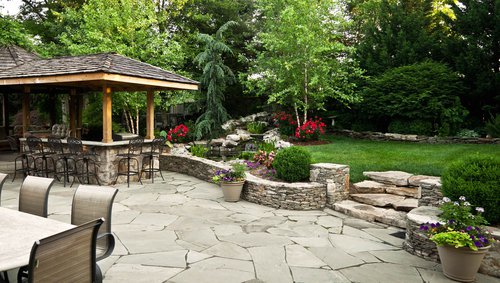
4. Hardscape Solutions
Hardscapes can also be a part of the solution to prevent soil erosion.
Using permeable materials, for instance, like porous concrete, permeable pavers, and gravel systems can allow water to filter through hardscapes versus wash off.
Retaining walls also can be used to hold back soil. On severe slopes, a system of retaining walls designed in a stepped-terraced fashion can do the job of holding back soil and creating a dramatic and impactful landscape focal point.
Ready to tackle your erosion troubles?
Noticing some bare soil and runoff areas in your yard?
The first step in understanding how erosion is impacting your landscape is to consult with a landscape company with erosion control experience. The right professional can assess your erosion hotspots and provide some solutions that match your goals — whether it’s just controlling the water flow or creating a new, more attractive landscape element that can manage erosion, as well as provide you with an attractive addition to your yard.
Contact us today. The design experts at Rossen Landscape can create a custom plan for your space and eliminate your water worries. All you’ll have left to do is sit back and enjoy your yard.


